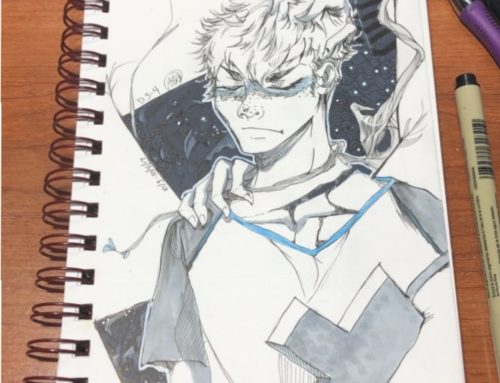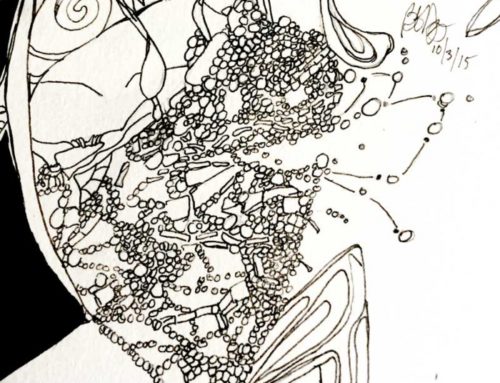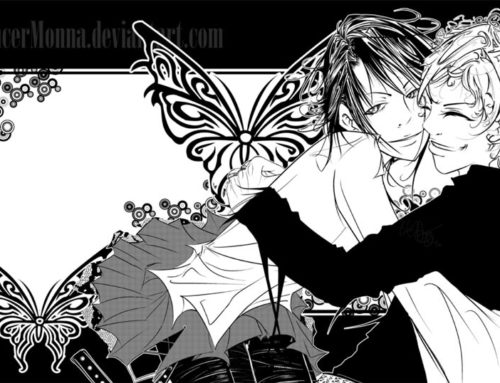Commercial-Free Font. Fonts for Personal-Use. When it comes to design, the right font can change your game from looking amateurish to professional in a matter of clicks. But which fonts are truly safe to use in your games? Fonts come with all sorts of font licenses, but again, which font license do you really need for games? Today, I am diving deep into the world of Commercial-Free font licenses. It’s a treacherous journey, but it’s my goal to provide you useful tips to help you figure this whole font mess out. So without further adieu, let’s get started.
 Welcome to ‘Did U Know?’
Welcome to ‘Did U Know?’
‘Did U Know?’ is a new series providing useful information about
It’s time to unleash the beast!
So you’re ready to unleash your bundle of joy upon the masses! You’ve worked on a game that you’ve been toiling over for months or even years now. It’s that game you’ve been painstakingly reviewing code for line after tedious line, till your eyeballs bled out of your skull into a puddle of repugnant goo! (o_O );; No? That didn’t happen to you? Just me? ( -_-);; Fine whatever.
You have everything ready, your marketing materials, press releases, designs – all that. Check, check and triple check. Looks like everything’s in order, right? Right. Hooray! But there’s just one more incy wincy tiny microscopic detail to look after before you hit send.

Which Commercial-Free Font is the right one for your game?
Do you actually have the right font license(s) for your game?
Finding the right fonts for your game is no small task. From indie visual novels to AAA first-person shooters and beyond, the right font makes the world(s) you’re creating that much more believable. It’s all about that immersive experience. If you don’t have the right license for your game’s font; your entire project may already be in jeopardy. So I’ll ask again:
Are you using the right type of font license for your game?
I cannot tell you how crucial this is to get right. There are several types of font licenses. Each font creator can then choose any variation of a license that best protects their fonts intended use. Some of the different types of font licenses are as follows:
- Personal Use – For personal use only, not on commercial/for-profit projects.
- Commercial Free Use – Useful for For-profit projects.
- Desktop Use – For most common uses. For example – Logos, Posters, Design use etc
- Webfont Use – For websites and web applications
- App Use – For embedding the font into a mobile application’s’ code.
- Epub Use – For embedding in e-text products
- Server Use – For applications that produce a deliverable with fonts embedded
Those are just a few examples of common font license types and what they can be used for. Emphasis on a few. Keep in mind, that even with this, font creators can have even more specific terms for their fonts intended use. Which is why I highly recommend carefully going over the font license(s) issued with the fonts you use with a fine tooth comb.

Let the power of font consume you!
Do I even need a Font License?
To make a long story short, yes! You should always have a license for all fonts you intend to use for any type of design project. For gaming projects, regardless of its’ use, unless given written permission from the font creator, I would not recommend using Personal-Use fonts. Ever. This is because things could get messy if somehow a font used for your game needed to be removed due to illegal use.
Font licenses are great to have and should not be feared. They are an agreement between you the game developer and the font creator for the intended use of their font in your project. It is your proof that you are complying with the terms placed on the license by the creator. If you find that you’re not in compliance, then you really need to correct this asap! Even if your game is free to play and you intend to never profit from your game, you still need to have a font license. This is to prove that you are using their font as stated on that license. If not, well, the font creator could come after you for using their property illegally.
But I’m using a Commercial-Free font!
And there’s the rub my friend. A lot of people misunderstand what ‘Commercial-Free’ really implies. So what does a Commercial-Free Font License really mean? Using a Commercial-Free font does not mean that once you buy the license, you can use the font however you see fit. Commercial-Free means that you are paying the font creator to give you the privilege of using their font under specified terms for projects that are for-profit. Sometimes the fee can even be just for using the font for a certain period of time depending on the license. In layman’s terms, you are free to use the font in commercial projects as long as you abide by the font creators terms and fees.
The key here, again, is to read the font license before you purchase any font. If you don’t, you could be paying for a font that you would never be able to use. This is especially the case for games. Video games, regardless of type, mostly fall under the category for software applications. Do not confuse them for projects listed under desktop use (logos, posters, billboards etc). Just because you playing your game on a desktop, does not make it fall under the desktop use category.
Wait, that means I still can’t use the font for my game even though I paid for it!?
Yep! ( -_-);; Sucks doesn’t it. This can happen so easily it’s not even funny. That’s because you most likely bought the legal right to use the font but not the right to use the font in a software application. That’s the difference. In all likeliness, you paid to use the font for desktop use which can be used for logos, making posters and the like. This is completely different from a software application license.
At the end of the day, read the fine print of any license agreement before you make any kind of purchase or download of a font. When you look at a font license, the creator has laid out everything that the font can and cannot be used for. Be very mindful of this.
So then what type of Commercial-Free Font License can I use for my game?
In a font license, you should look for terms that allow you to embed and redistribute their font into your game. Here’s why. When you package a game to sell to a customer, what you are actually doing is embedding the font into a software (game) to be used by the consumer for later use. By doing this, you are redistributing that font with your game to a countless number of people.
Those who are savvy, can later go into your game and extract the font(s) that were used. They can then install it onto their computer of choice without paying the font creator for a font license to use the font. At that point, the font can be used beyond the scope of the font creator’s original intended use. This is not the font creator being greedy, but someone who is trying to protect their IP and wants to be paid for the hard work they themselves put into creating the font(s) that you love so much.
This is why, in most cases, font creators do not allow the embedding and redistribution of their fonts into software at the same price point as a desktop license. This is also why a lot of AAA gaming companies pay font creators to make new fonts for their games. This saves them a lot of time, headache, legal fees and both sides are happy. Which is nice and all for them, but where does that leave the lone indie game developer, who doesn’t have the means to compete with AAA, or even seasoned indie development houses with decent budgets?

On days when your dreams turn into code. ( o_o );;
All is not glum, there really is a silver lining!
There are font-creators who do allow for game developers to use their fonts for their projects. Some of them even allow free use of their Commerical-Free font! But where can you go to find them? Here are a few places that I have personally found some nice fonts to use for my game.
Conclusion
Your game doesn’t have to suffer because of poor font choices. Just pay attention to your font licenses. Also, before you add a font to your shopping cart or even download, look up the license and make sure:
- The chosen font is legal to use. Make sure it can be embed into the game and that it’s okay for redistribution.
- If at any time you are unsure about a license, send an email to the font creator for clarification.
- If your font(s) did not come with a license, take the time to look for one. Nine times out of ten, google can find it for you.
- Keep all font licenses in an easy to find location. This is just in case of, you know . . . Murphy’s Law and all that.
- Check again with the font creator’s website before launching your game to make sure that your license is up to date and nothing has changed.
- Keep a stockpile of similar fonts in your arsenal. In case Murphy’s law happens you have a backup to switch out a font without having to panic with last minute design choices.
There are other things to look out for, but this is a great way to start covering yourself. The last thing anyone wants is to have a game released, then pulled because of a cease and desist from a font creator for illegal use of their font. It only leads to bad press, negative stigma to your project and possible heavy legal fees. And that’s it for today’s segment of ‘Did U Know?’
And that’s it for today’s segment of ‘Did U Know?’ I hope you found what I had to share useful. If you have tips of your own that you want to share or have questions, leave it in the comments below. Who knows, it could be used in a future article. Until then, I wish you happy designs and stress-free coding!




